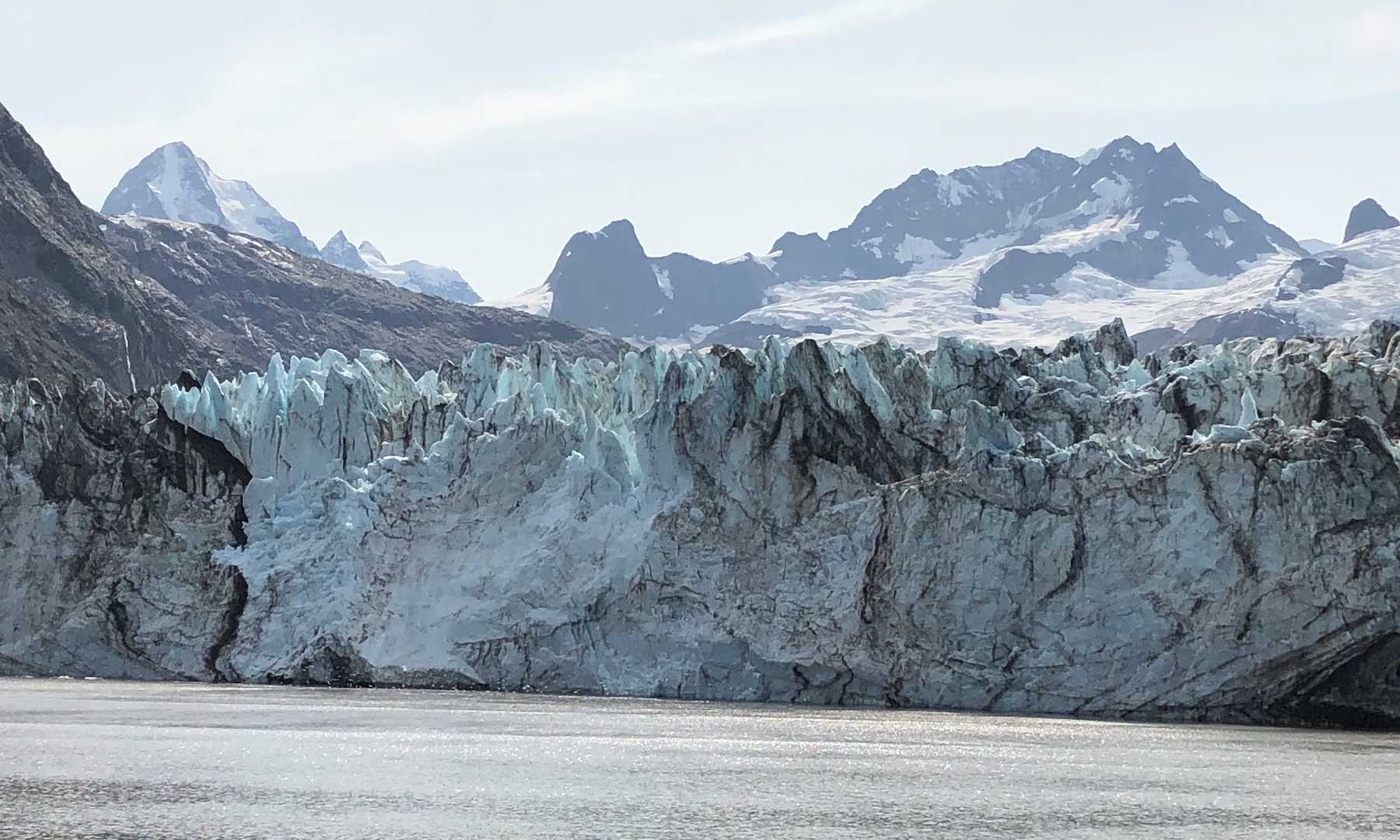Traveling through the night and waking up in a new place is always a fun part of the adventure onboard National Geographic Quest. Today we woke up in one of the most amazing landscapes on earth, Glacier Bay National Park!
Glacier Bay has so many incredible and unique components. First and foremost, this natural area is a homeland for the Huna Tlingit indigenous people. Starting in 1925, this area was named a National Monument and held as a treasure to be explored. Glacier Bay eventually gained national park status in 1980 and also became a World Biosphere Reserve in 1986, then eventually saw designation as a World Heritage site. The titles are illustrious ones to be sure, but to merely be in and witness a place as sacred as this one is truly a gift to behold.
After entering the park, we began taking in the scenery and quickly arrived at our first viewing site, South Marble Island. Here we were able to see various sea birds in their natural nesting grounds, like the tufted and horned puffin, cormorants, glaucous winged gulls, bald eagles, and many more. This small island is also a haul-out for stellar sea lions and we were able to see and smell them lounging on the rocks.
Our next stop was an exposed rock formation carved by the retreating glaciers known as gloomy knob. This place is a cliff side home for mountain goats. We were able to spot a few of these shaggy white-haired animals scampering with incredible dexterity up and down the steep rock faces. We even spotted some nannies with their kids!
Continuing up the waterways of the park we watched as humpback whales wade beneath us while we scanned the coastlines and adjoined forests for the elusive brown bear (Ursus arctos horibilus). We were able to catch a fleeting glimpse of one of these furry friends, but not so cuddly at nine feet at full height and weighing up to 1,300 pounds.
After exploring up the bay for some 60 miles, our culminating view appeared from around Jaw Point in the midst of John’s Hopkins Glacier. This amazing glacier face is an impressive 200 feet above the water and descends 250 feet below and one mile wide. With a downhill flow rate of up to 15 feet per day, this is the fastest moving glacier of its size in the park. We witnessed some calving events accompanied by a ceremonial song from a representative of the local Tlingit tribe, making for a truly unforgettable experience. Thank you, Glacier Bay!







